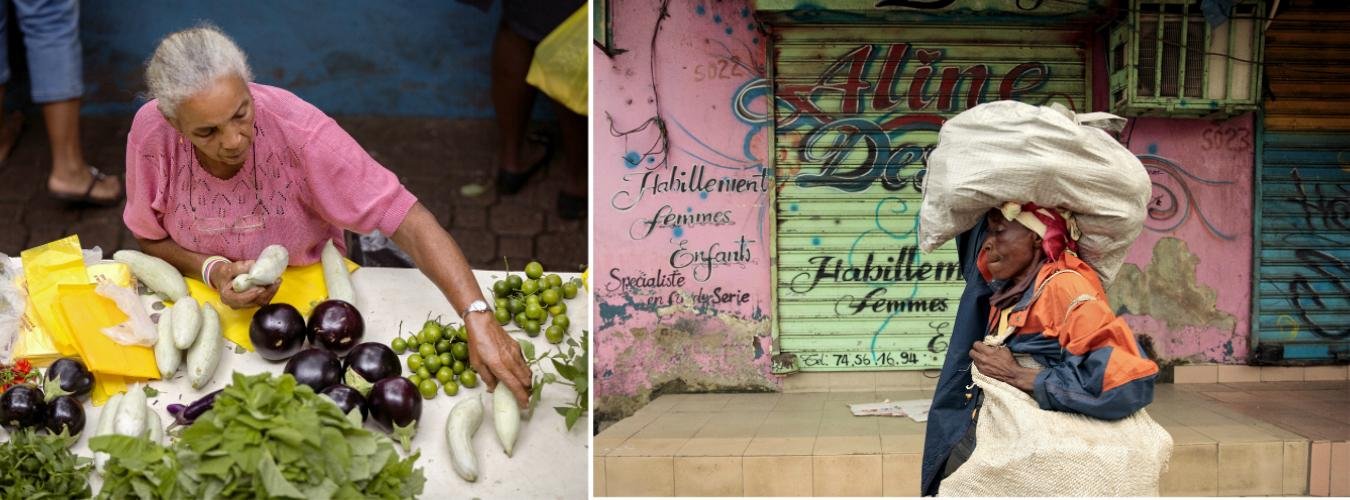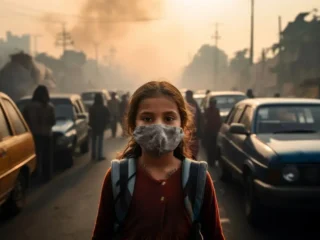The COVID-19 pandemic is causing untold fear and suffering for older people across the world. Beyond its immediate health impact, the pandemic is putting older people at greater risk of poverty, discrimination and isolation. It is likely to have a particularly devastating impact on older people in developing countries.
— UN Secretary-General António Guterres
The World Elder Abuse Awareness Day (WEAAD) happens each year on June 15th. It was officially recognized by the United Nations General Assembly in its resolution 66/127,December 2011, following a request by the International Network for the Prevention of Elder Abuse (INPEA), who first established the commemoration in June 2006. It represents the one day in the year when the whole world voices its opposition to the abuse and suffering inflicted to some of our older generations.
Addressing Elder Abuse
Elder abuse can be defined as “a single, or repeated act, or lack of appropriate action, occurring within any relationship where there is an expectation of trust which causes harm or distress to an older person”. It is a global social issue which affects the Health and Human Rights of millions of older persons around the world, and an issue which deserves the attention of the international community.
In many parts of the world elder abuse occurs with little recognition or response. Until recently, this serious social problem was hidden from the public view and considered mostly a private matter. Even today, elder abuse continues to be a taboo, mostly underestimated and ignored by societies across the world. Evidence is accumulating, however, to indicate that elder abuse is an important public health and societal problem.
Elder abuse is a problem that exists in both developing and developed countries yet is typically underreported globally. Prevalence rates or estimates exist only in selected developed countries — ranging from 1% to 10%. Although the extent of elder mistreatment is unknown, its social and moral significance is obvious. As such, it demands a global multifaceted response, one which focuses on protecting the rights of older persons.
From a health and social perspectives, unless both primary health care and social service sectors are well equipped to identify and deal with the problem, elder abuse will continue to be underdiagnosed and overlooked.
Impact of COVID-19 on abuse and neglect of older people
WHO defines elder abuse as “a single or repeated act, or lack of appropriate action, occurring within any relationship where there is an expectation of trust which causes harm or distress to an older person”. Elder abuse can take various forms, including financial, physical, psychological and sexual, and can also be the result of intentional or unintentional neglect.
During the COVID-19 pandemic, there have been numerous reports of abuse and neglect of older people living in long-term care facilities and other community settings, but also of those living with family members or in their own homes with caregivers.
Prior to the pandemic, a total of 9 studies in 6 countries based on staff self-reports on perpetrating abuse were analysed together. Findings indicated that 64.2% of staff – 2 out of 3 – perpetrated some form of abuse in the past year.
There is concern that ageism and gender inequalities have worsened during the pandemic, increasing the risk of abuse and violence against older women. At the same time, quarantine and lockdown measures have limited access to essential services, putting many older people at risk of increased neglect.
This evidence makes a compelling case for World Elder Abuse Awareness Day’s call for decision-makers to develop universally applicable normative standards for the protection of older people. The focus should be on engaging the community in understanding the signs of elder abuse and providing advice via radio, television, the internet, and print and social media on how victims can seek help and receive support safely.







